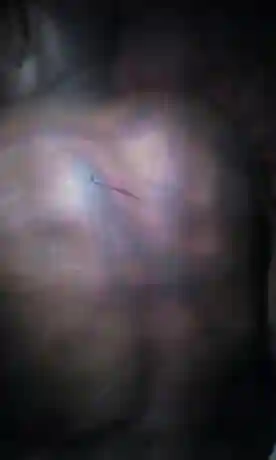2019 is a year that Zimbabweans will want to forget in a hurry following an economic deterioration that mirrors those horrors of 2008.
The year was characterised by numerous events which made life difficult for Zimbabweans, leaving the majority of citizens with very little hope for the future. Here are some of the major highlights:
- A 150% fuel price hike announced by President Emmerson Mnangagwa on January 12 while the country was in the middle of a fuel crisis.
- The government’s brutal response to protests over the fuel price hike, leaving 17 people dead. Fuel has since gone up several times and by year-end, was retailing at Z$17.44 per litre of petrol and Z$17.90 per litre of diesel.
- In mid-February, the government floated the currency (bond note), abandoning the three-year peg to the US dollar. From a 1:1 parity to the US dollar, the exchange rate fell to 1:16.65 as of 19 December.
- Cash shortages continued throughout the year even when the government promised to inject new notes into the economy. With debilitating foreign currency shortages being experienced, several South African companies such as Eskom, SAA, Multichoice, Tongaat, PPC, Nampak, AB Inbev all have millions of dollars locked in Zimbabwe.
- Unprecedented power cuts due to falling water levels at Kariba Dam. The emptying of the dam has meant less than 200MW is being generated from an installed capacity of 1050MW.
- The other challenges faced include incapacitation of civil servants especially doctors resulting in the collapse of the health sector, rampant corruption by political elites, drought, Cyclone Idai and terrorist acts by MaShurugwi gangs alleged to be backed by some securocrats and political elites.

